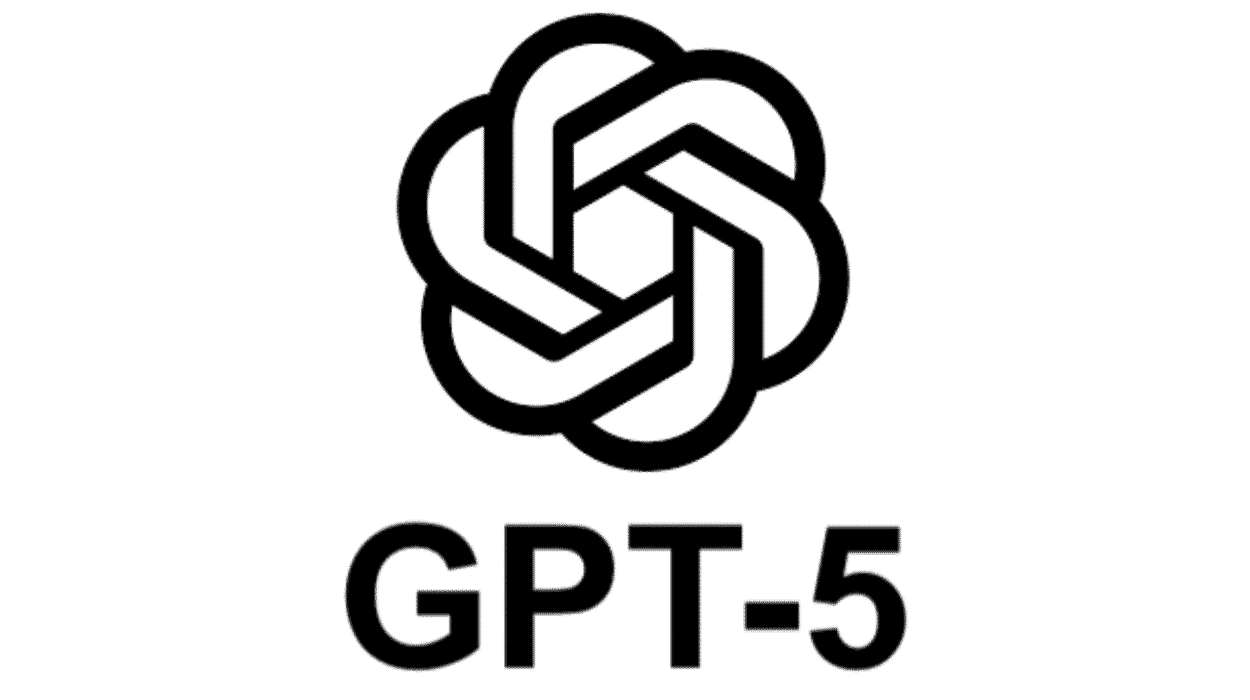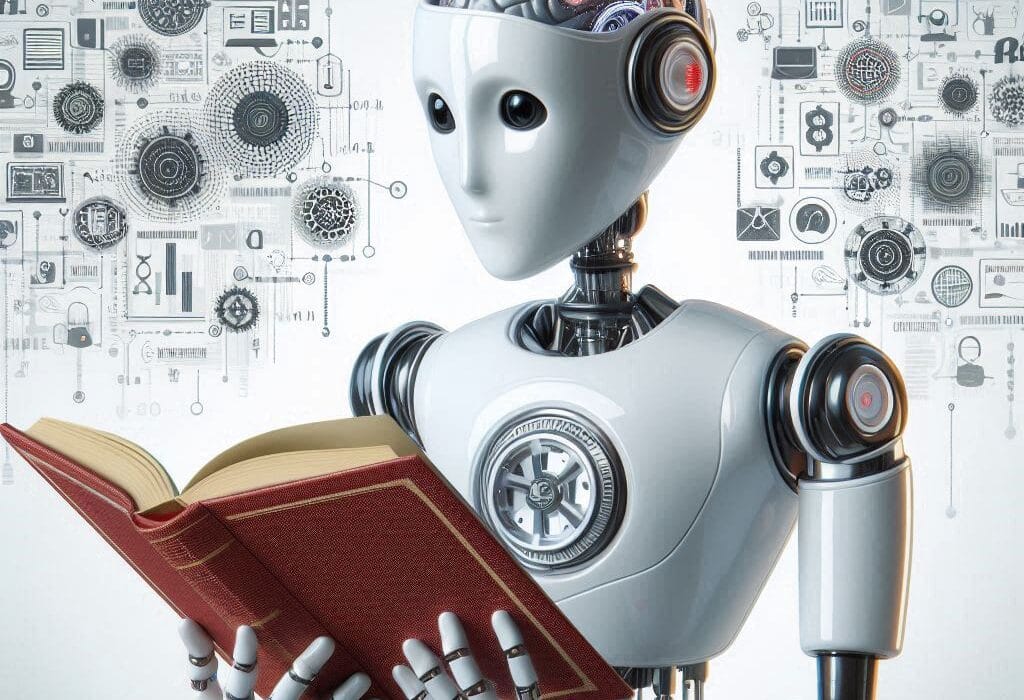When the COVID-19 pandemic swept across the globe in early 2020, it did more than sicken bodies—it laid bare the fault lines slicing through societies. Streets emptied. Offices shuttered. Schools transformed into glowing rectangles on computer screens. The world shrank into bandwidth and pixels. And yet, amid this digital exodus, millions were left stranded on the other side of an invisible chasm.
In a small rural town in Mississippi, a mother named Tanisha Johnson watched her children squirm at the kitchen table, notebooks scattered, pencils tapping in frustration. The school was sending assignments online. Zoom classes were scheduled. But Tanisha’s family had no internet at home. To access the Wi-Fi, she drove her children each morning to the parking lot of the local McDonald’s, where they sat for hours, eyes squinting against sun glare on tablet screens.
“I’m trying to do what’s best for my kids,” Tanisha said, voice trembling. “But how am I supposed to keep up when the world moved online—and we’re stuck behind?”
Her story is not rare. It’s the echo of a crisis hidden in plain sight. Despite the glistening promises of the digital revolution, nearly 3 billion people worldwide still lack regular internet access. In the United States—a country often hailed as the technological vanguard—tens of millions remain unconnected, marooned in a society increasingly structured around online life.
This is the story of digital inequality: a silent but devastating divide that determines who gets to learn, work, speak, innovate, and belong—and who is left in the shadows.
Dreams of a Digital Utopia
In the late 20th century, when the internet was still in its infancy, dreamers painted dazzling visions of the future. Information, they proclaimed, would flow like water, reaching every corner of the globe. Borders would dissolve. Knowledge would be free. The internet was the ultimate equalizer.
By the early 2000s, those dreams seemed almost within reach. Global internet adoption was soaring. New undersea cables snaked across ocean floors. Satellites winked down from orbit. Governments and philanthropists launched initiatives to bring connectivity to villages and far-flung islands. Technology giants announced bold plans for balloons floating over Africa or drones beaming signals into remote valleys.
But for every gleaming data center and 5G rollout, there remained communities where the digital dawn never arrived. In these places, the glow of the screen does not represent freedom or opportunity—but the cold reminder of exclusion.
Where the Wires Don’t Go
Walk through parts of the Mississippi Delta, Appalachia, or the high plains of Montana, and you’ll find stretches of land where broadband signals fade into nothingness. There are dirt roads so long and lonely that companies refuse to lay fiber-optic cables. The business case simply doesn’t add up. Why spend millions to wire a tiny cluster of homes miles from the nearest hub?
Digital inequality is more than a matter of economics—it’s a question of geography. Sparse populations, rugged terrain, and sheer distance make infrastructure investments prohibitively expensive. In tribal lands across the American West, elders lament that their youth are drifting away—not merely because jobs are scarce, but because the internet is absent.
Standing under endless blue sky, Navajo leader Calvin Yazzie gestures across the mesas. “Our kids want to be engineers, doctors, teachers,” he says. “But how can they study online when we don’t even have cell service half the time?”
In rural Alabama, school buses have been converted into Wi-Fi hotspots, parking in fields and farm roads so children can download their homework. The sight of kids huddled on a bus step, laptops balanced on knees, has become an emblem of modern inequality.
Urban Shadows: The Hidden Divide in Cities
Yet digital inequality is not merely a rural affliction. In the heart of urban America, in cities like Detroit, Baltimore, and Philadelphia, entire neighborhoods remain offline. Sometimes the cables run right past their windows—but the service is simply too expensive.
On Chicago’s South Side, fifteen-year-old Mariah Clark used to visit her neighbor’s apartment every evening because that’s where the Wi-Fi was. Her mother, who works two jobs, couldn’t afford the $60-a-month broadband bill. When COVID-19 hit, Mariah fell behind in classes. Her school sent her a laptop, but no internet. A device without connection was a brick.
“I felt embarrassed,” Mariah whispered. “My friends were in class, talking, learning. And I was just… gone.”
This is the cruel paradox of urban digital inequality: proximity without access. The infrastructure exists, but the price locks people out. Some families must choose between paying for broadband or buying groceries. Others fear signing up because they’ve faced aggressive debt collection from internet providers.
Race, Poverty, and the Digital Desert
Digital inequality is not randomly distributed. It is tightly bound to poverty, race, and systemic disadvantage. In the United States, Black and Hispanic households are significantly less likely than white households to have high-speed internet. The same pattern repeats worldwide: marginalized communities, from Indigenous villages in Canada to informal settlements in Brazil, are systematically excluded from the digital future.
These gaps are not simply technological failures. They are the digital footprints of historical injustice. The neighborhoods lacking broadband today often overlap precisely with those redlined decades ago—areas once denied mortgages and investments because of the racial composition of their residents.
Digital inequality has become the modern face of an old problem: who counts in society, and who is left invisible.
The Price of Disconnection
To lack internet access in the twenty-first century is to live at the margins of modern existence. The consequences are not abstract—they carve into flesh and bone.
For children, it means falling behind in school. Studies show students without home internet score lower on standardized tests and are less likely to graduate. During the pandemic, millions of kids vanished from virtual classrooms, severed from the lifeline of education.
For workers, it means being shut out of job opportunities. Employers increasingly post listings online, conduct virtual interviews, and require digital applications. Without internet, a person can’t even fill out a form.
For patients, it means losing access to telemedicine. During COVID-19, clinics shifted appointments online. Those without internet could not reach doctors, refill prescriptions, or manage chronic illnesses.
For immigrants, refugees, and the homeless, digital exclusion means isolation from vital resources. Social services have moved online. Benefits applications are digital. Even finding a shelter bed often requires internet.
Digital inequality is not a minor inconvenience—it is a force multiplier of disadvantage.
Gender and the Global Digital Divide
Globally, the divide widens further along lines of gender. Across Asia, Africa, and Latin America, women are far less likely than men to use the internet. Cultural barriers, safety concerns, and economic dependency combine to restrict their access. In many places, mobile phones are considered a luxury reserved for male relatives.
In rural Pakistan, seventeen-year-old Ayesha Ahmed was an ambitious student who dreamed of studying computer science. But when she asked her father for a smartphone to join her online classes, he refused. “Girls don’t need phones,” he said. “People will think you’re talking to boys.”
For Ayesha, the internet was not merely a tool—it was the bridge to autonomy, knowledge, and selfhood. Denied that bridge, her world contracted.
The global gender gap in internet use remains stubbornly wide, contributing to the cycle of poverty and disempowerment for millions of women.
Digital Colonialism: The New Empire
In the rush to expand connectivity, a new dynamic has emerged: digital colonialism. Technology giants, driven by profit, have begun shaping how the internet reaches marginalized communities. Free Facebook in developing countries. Zero-rated apps offering limited access to curated content. Connectivity—but on terms defined by corporations.
In theory, these programs bring the internet to the disconnected. In practice, they often funnel users into walled gardens, collecting data, selling ads, and exerting subtle influence over what information people see.
In Kenya, Joseph Mwangi signed up for a free internet service through his mobile provider. He could check Facebook and WhatsApp—but not research agricultural techniques or read news outside the approved apps. “They give us a window,” he said, “but not the whole sky.”
Digital colonialism threatens to replicate the old dynamics of imperial power: a few controlling the flow of information for the many.
Promises and Broken Realities
Governments have pledged for decades to close the digital divide. In the United States, billions have been poured into broadband expansion. Maps glow with colored zones marking “served” and “unserved” regions. Yet the reality on the ground is far murkier.
In New York State, residents of rural Delaware County saw their homes labeled “covered” on federal broadband maps because a single neighbor miles away could get a faint signal. The result? They were excluded from funding.
Meanwhile, in Sub-Saharan Africa, many governments boast of rising connectivity rates, yet the majority of people cannot afford the data costs. A single gigabyte of data can consume 20% of a monthly salary.
Bridges to the digital world are built—and then left incomplete. The promise of inclusion evaporates into a mirage.
Connectivity as a Human Right
Increasingly, activists and scholars argue that internet access is not a luxury but a human right. The United Nations has declared it essential to freedom of expression and participation in modern life. Countries like Finland and Estonia have enshrined connectivity as a legal right.
Yet in practice, this right remains aspirational. There is no global enforcement, no binding mechanism to compel governments or corporations to deliver universal access.
In Guatemala, fifteen-year-old Lucia stands in a cornfield, holding her smartphone high to catch a faint signal. She wants to join a virtual class in biology. The wind rustles the leaves, and her voice trembles. “Why do some people get everything—and we get nothing?”
Innovations and Local Solutions
Despite the challenges, there are rays of hope. Community networks are sprouting in remote regions, built by local residents who string up antennas and share Wi-Fi signals. In Oaxaca, Mexico, Indigenous communities created their own cellular network, bypassing expensive carriers.
Low-Earth orbit satellites, like those deployed by companies such as Starlink, promise to beam internet into places once considered unreachable. Yet these systems remain costly and sometimes controversial, criticized for cluttering the night sky or favoring wealthier users.
Grassroots innovation remains the beating heart of digital inclusion. It is in the ingenuity of people who refuse to accept disconnection as destiny.
A Path Forward: The Moral Imperative
Solving digital inequality will require more than technology. It demands a moral reckoning. Are we willing to accept a world where opportunity hinges on a cable running to your door? Where the poor remain invisible behind digital walls?
It will require governments to invest boldly, not only in infrastructure but in affordability. It will require corporations to treat connectivity as a public good, not merely a commodity. It will require society to recognize that closing the digital divide is not charity—it is justice.
Imagine a world where no child has to do homework in a parking lot. Where no elder must choose between medicine and a broadband bill. Where no woman is denied knowledge because of her gender. Where no village is forgotten because of its geography.
That world is possible—but only if we summon the will.
The Digital Horizon
As the sun sets over dusty roads in Mississippi, Tanisha Johnson pulls her car into her driveway, her children asleep in the back seat after another day tethered to a fast-food Wi-Fi signal. She watches them breathe, small chests rising and falling, and wonders if the future will finally arrive for them.
The digital divide is not merely a technological gap. It is a wound in the moral fabric of society—a wound that demands healing. It is a question of who matters, whose voices are heard, whose dreams are allowed to bloom.
The internet once promised a revolution. It still can be one. But first, the world must decide whether connection is a privilege—or a universal right.
Until then, millions remain in the shadows, eyes lifted to glowing screens just out of reach, waiting for the moment when the whole sky becomes theirs.






